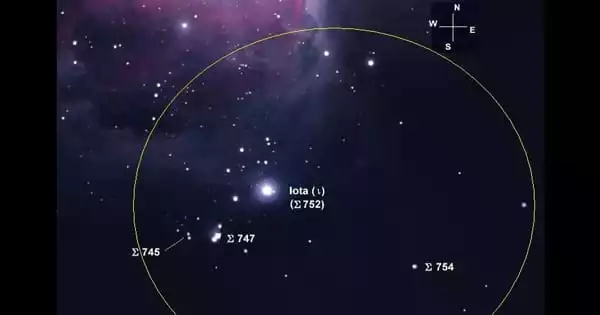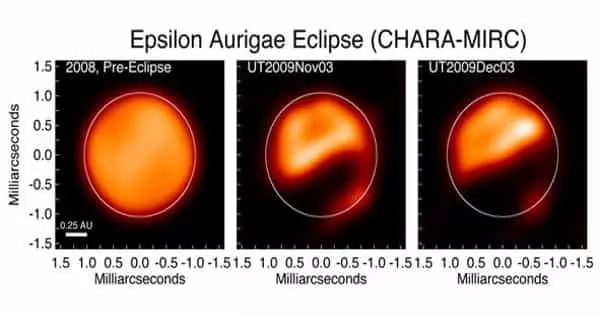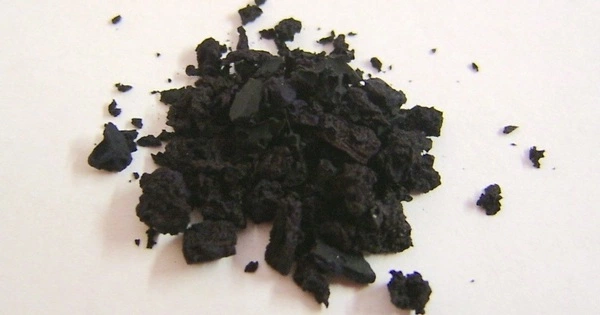Iota Horologii is a yellow-hued star in the Horologium constellation located approximately 56.5 light-years away. It is a Subgiant Star and the main star in the constellation Horologium, and it forms the outline of the constellation. The star is known as a G0Vp yellow dwarf (it has previously been classified as G3 and a subgiant [IV]). It has a larger mass and radius than the Sun and is about 50% more luminous.
A planet of the star was discovered in 1999. Iota Horologii was ranked 69th in the list of candidates for NASA’s planned Terrestrial Planet Finder mission because it orbits in a near-Earth orbit. A dust disc was discovered around the star in 2000, but it was later determined to be an instrumental artifact. The subgiant star’s position in the night sky is determined by the Right Ascension (R.A.) and Declination (Dec.), which are equivalent to Longitude and Latitude on Earth.
Distance and visibility
Iota Horologii has no traditional name because it is in the minor constellation Horologium and is quite dim in the sky. It is located approximately between the stars Eta Horologii and R Horologii (though it is not close to them in real space).

The estimated radius of Iota Horologii has been calculated to be 1.22 times that of the Sun. Because the radius of the Sun is 695,800 km, the radius of the star is estimated to be 848,589.18 km. Iota Horologii is currently located approximately 7 light-years away from the star Chi Eridani (a yellow subgiant). The nearest planetary systems to Iota Horologii are HD 10647 (a yellow dwarf) at about 57 light-years away and Epsilon Reticuli (an orange subgiant) at about 59 light-years away. Nu Phoenicis and Zeta Reticuli are two nearby star systems to Iota Horologii.
Properties
Iota Horologium is very similar to our Sun, and it has a Jupiter-like planet that orbits in less than a year. The star appears to have broken free from the Hyades star cluster. According to spectrographic analysis, the star must have formed alongside the stars of the Hyades cluster (~625 million years ago) but must have gradually drifted away, as it is now more than 130 light-years away from its original birthplace. The metallicity of the star corresponds to the abundances found in the Hyades, implying that the metals (elements heavier than helium) in the atmosphere were not acquired because the star engulfed planetary material.
Magnetic activity measurements with the 1.5 m telescope at Cerro Tololo Inter-American Observatory show that the star has a 1.6-year magnetic activity cycle, which is the shortest cycle measured so far for a solar-like star as of 2010. It’s a fifth magnitude near-solar clone, a class G0 dwarf star in deep southern Horologium, not far from Achernar. In comparison, the sun has an 11-year magnetic activity cycle. A second, longer cycle that modulates the 1.6-year cycle is possible.
The star is now 130 light-years away from its parent cluster. The similarity in iron abundance indicates that Iota Horologii’s own high metal content is intrinsic to its birth, rather than the result of accretion of its own nearby planets.
















